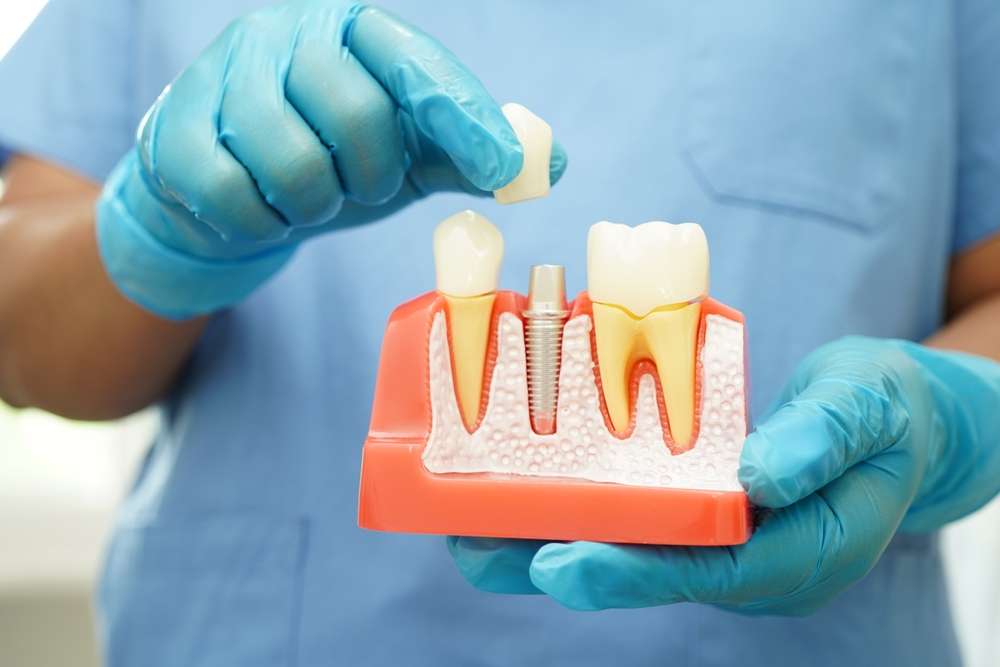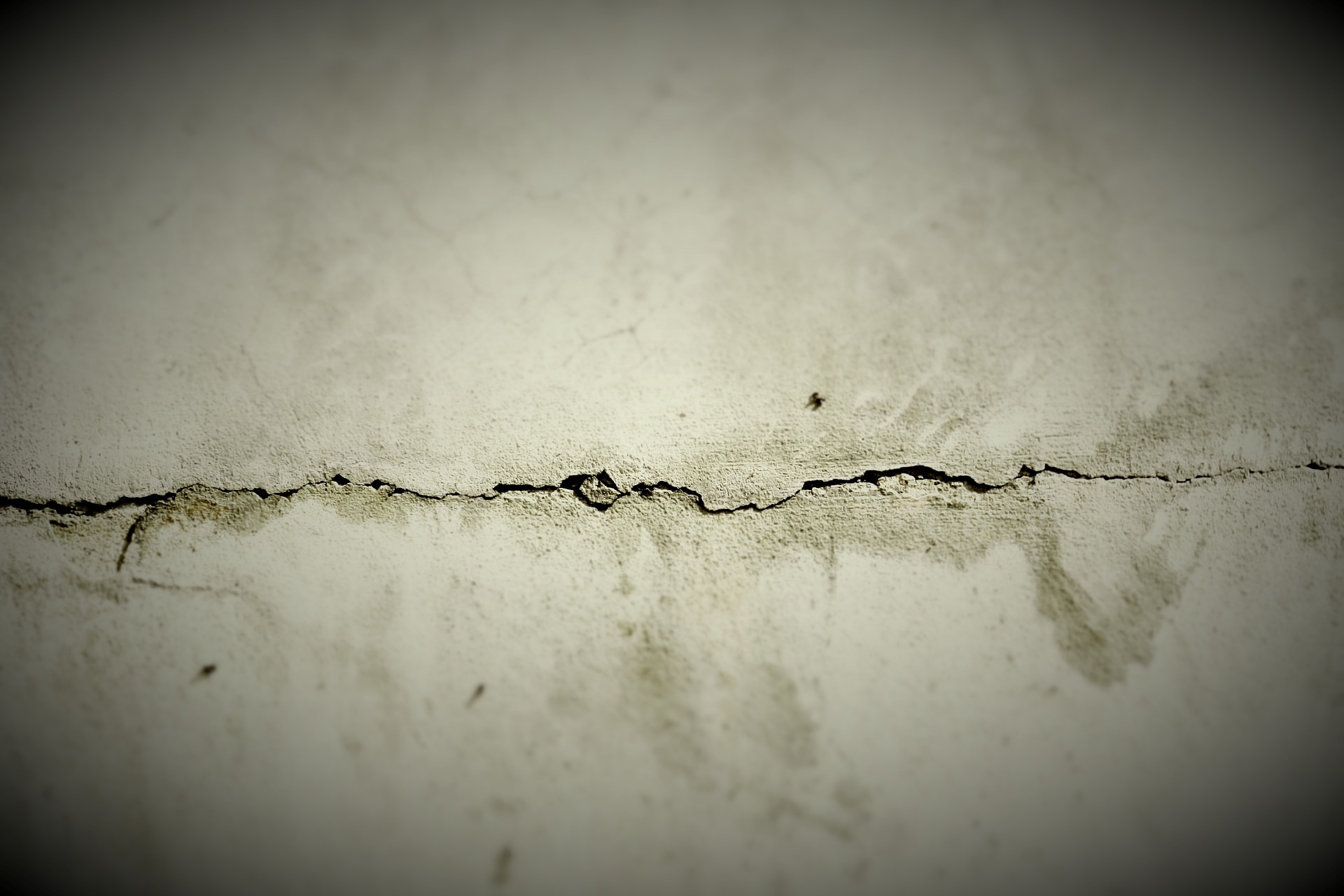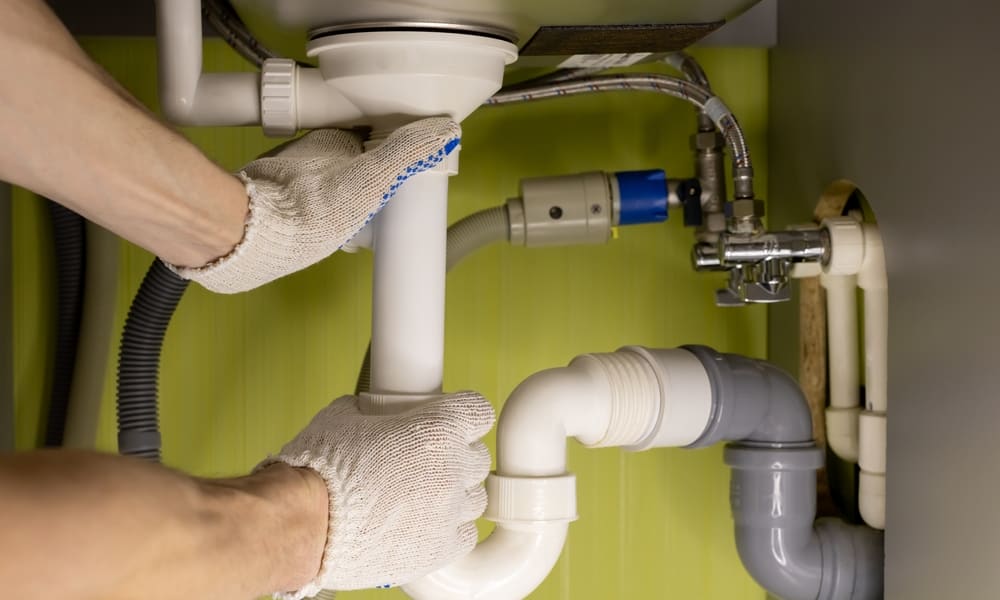Modern Approach to Dental Implants: Exploring Screwless Options
If you’ve been considering tooth replacement, innovative advancements are reshaping the field of dental surgery. Discover the details of screwless dental implant methods, which offer a modern and more comfortable approach to restorative care. These systems are designed to provide an efficient solution, supporting dental recovery and enhancing patient experience.

Dental implant technology continues to evolve, bringing patients more comfortable and aesthetically pleasing options for tooth replacement. The development of screwless implant systems addresses some of the limitations associated with traditional screw-retained implants, particularly in areas where appearance and seamless integration are paramount concerns.
What Are Screwless Dental Implants?
Screwless dental implants utilize cement-retained crowns or alternative attachment mechanisms instead of the traditional screw-access holes found in conventional implant systems. The implant fixture itself still requires surgical placement into the jawbone, but the crown attachment method differs significantly. These systems typically involve cementing the crown directly onto an abutment or using specialized connectors that create a secure bond without visible access points. The absence of screw holes allows for more natural-looking restorations, particularly in the front teeth where aesthetics are crucial. This approach maintains the same osseointegration process as traditional implants, ensuring proper fusion between the implant and surrounding bone tissue.
How Do Screwless Implants Compare to Traditional Options?
When comparing screwless implants to traditional screw-retained systems, several key differences emerge in terms of aesthetics, maintenance, and clinical considerations. Screwless implants offer superior aesthetic outcomes since there are no access holes to fill with composite material, which can discolor over time. The cement-retained approach allows for more natural crown contours and better emergence profiles. However, traditional screw-retained implants provide easier retrievability for maintenance or replacement, as the crown can be removed by simply unscrewing the retaining screw. Screwless systems may require crown sectioning for removal, making future adjustments more complex. Both systems demonstrate similar long-term success rates when properly maintained, though screwless options may require more precise initial placement due to the permanent nature of the cement retention.
Who Can Benefit from Screwless Dental Implants?
Ideal candidates for screwless dental implants include patients with sufficient bone density, healthy gums, and realistic expectations about the treatment process. These systems particularly benefit individuals requiring front tooth replacement where aesthetics are the primary concern. Patients with high smile lines or those in professional settings where appearance is crucial often prefer screwless options. However, candidates must demonstrate excellent oral hygiene habits since cement-retained crowns can be more challenging to clean around the margins. Those with bruxism or heavy bite forces may need careful evaluation, as the cement bond requires adequate protection from excessive stress. Age is generally not a limiting factor, though younger patients should have completed jaw development before implant placement.
What’s the Recovery Process Like?
The recovery process for screwless dental implants follows similar timelines to traditional implant procedures, with healing occurring in distinct phases. Initial soft tissue healing typically takes 1-2 weeks, during which patients may experience mild swelling, discomfort, and dietary restrictions. The osseointegration phase, where the implant fuses with the jawbone, requires 3-6 months depending on bone quality and patient factors. During this period, temporary restorations may be provided to maintain aesthetics and function. Once integration is complete, the final crown placement occurs, involving impression-taking, crown fabrication, and cementation. Post-placement care focuses on maintaining excellent oral hygiene and attending regular follow-up appointments to monitor implant health and surrounding tissues.
Understanding the Costs of Screwless Dental Implants
The cost of screwless dental implants in Ireland varies significantly based on several factors including clinic location, practitioner experience, and case complexity. Understanding these financial considerations helps patients make informed decisions about their treatment options.
| Treatment Component | Provider Type | Cost Estimation (EUR) |
|---|---|---|
| Consultation & Planning | General Practice | €100-200 |
| Single Screwless Implant | Specialist Clinic | €2,500-4,000 |
| Bone Grafting (if needed) | Oral Surgery Practice | €500-1,500 |
| Temporary Crown | Restorative Practice | €200-400 |
| Final Crown Cementation | Prosthodontic Clinic | €800-1,200 |
Prices, rates, or cost estimates mentioned in this article are based on the latest available information but may change over time. Independent research is advised before making financial decisions.
Several factors influence the total investment required for screwless implant treatment. Geographic location within Ireland affects pricing, with Dublin and Cork typically commanding higher fees than smaller cities. The complexity of individual cases, including the need for bone grafting, sinus lifts, or multiple implants, significantly impacts overall costs. Insurance coverage varies among providers, with some offering partial reimbursement for implant procedures deemed medically necessary. Many practices offer payment plans or financing options to help patients manage the financial commitment over time.
Screwless dental implants represent a valuable advancement in implant dentistry, offering enhanced aesthetics and patient satisfaction when properly indicated. The decision between screwless and traditional implant systems should involve thorough consultation with qualified dental professionals who can assess individual needs, expectations, and clinical circumstances. While the initial investment may be substantial, the long-term benefits of improved oral health, function, and confidence often justify the treatment costs for appropriate candidates.




